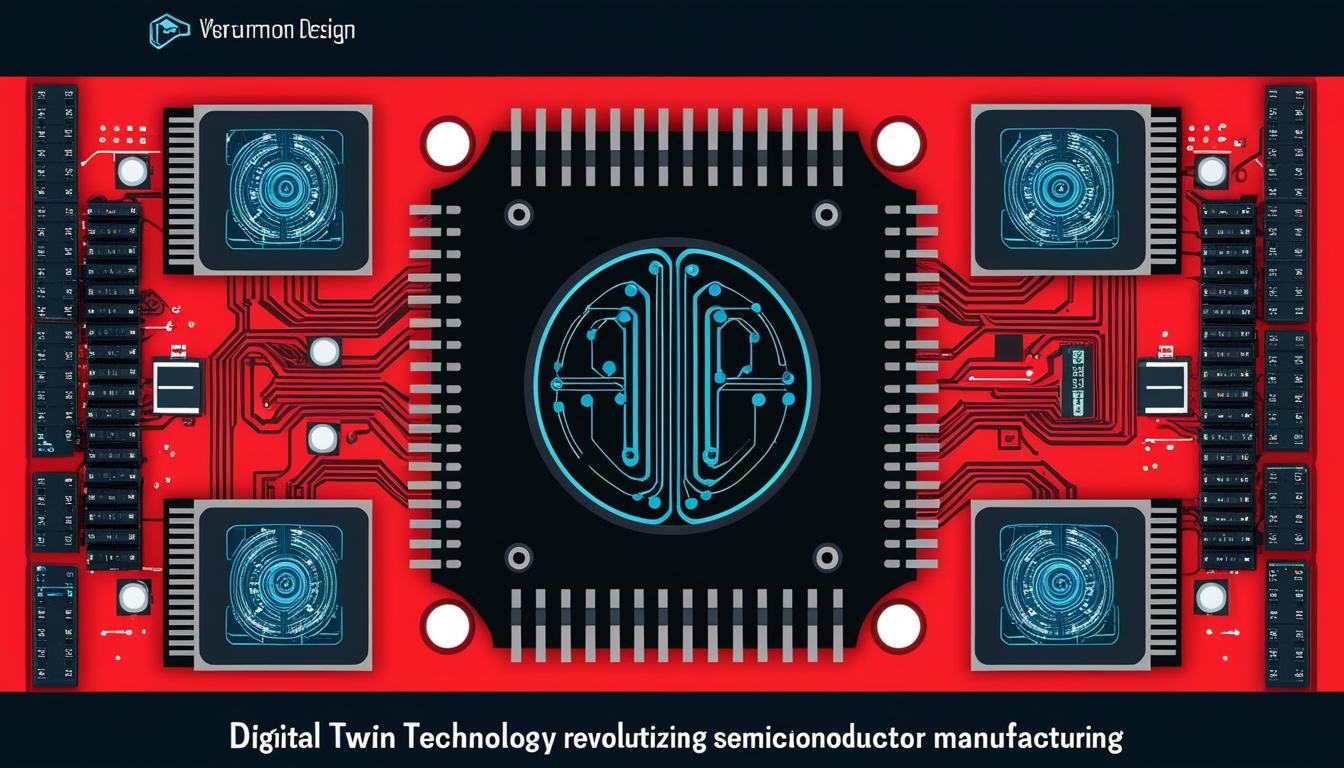At the recent Advanced Process Control – Smart Manufacturing (APC-SM 2024) conference held in Toronto, discussions veered towards the strategic integration of artificial intelligence and machine learning in semiconductor manufacturing, particularly focusing on the deployment of digital twins (DTs). This emerging technology aligns with the broader objectives of the Chips for America programme, which has dedicated approximately $50 billion to support semiconductor fabrication within the United States.
The conference spotlighted how DTs can enhance manufacturing processes, facilitating crucial functions such as fault detection, virtual metrology, predictive maintenance, and scheduling-dispatch. As the National Institute of Science and Technology (NIST) finalises its plans for a Chips Manufacturing USA institute, aimed at harnessing the capabilities of digital twins, it has allocated $285 million in funding for this initiative. NIST is expected to announce the winning proposals from three contenders by the end of this year.
The competing groups consist of one led by Stanford University alongside two significant U.S. equipment manufacturers, a second alliance spearheaded by Purdue University, and a third led by the University of Pennsylvania. The goal of these partnerships is to establish the Chips Manufacturing Institute for digital twins by early 2025, an ambitious timeline considering the Notice of Funding Opportunity was only released in June.
In tandem with the NIST initiative, a complementary project is being established with the National Science Foundation (NSF) to create a Centre for Digital Twins in Manufacturing (CDTM). This centre aims to not only advance the use of digital twins in manufacturing but also to devise SEMI standards. The University of Michigan and Arizona State University will lead this initiative, comprising 13 industrial partners. Proponents advocate for the creation of software meta-layers designed to assist fab engineers in implementing digital twin, AI, and machine learning strategies effectively.
The emphasis on "intelligent manufacturing" is expected to play a significant role in workforce development, particularly in bridging the knowledge gap for engineers with specialised backgrounds who may lack formal data science training. These initiatives aim to empower individuals to leverage digital twin technologies alongside traditional manufacturing processes effectively.
In preparation for the Chips Manufacturing Institute, NIST allocated approximately $300,000 to multiple universities, including the University of Michigan and the University of Cincinnati, and the private firm Predictronics. These funds were used to engage with numerous companies and research laboratories to ascertain their needs for the institute's development. The Advanced Manufacturing Technology Roadmap Program is currently finalising a report aimed at mapping out the future of intelligent semiconductor manufacturing in the United States.
University of Michigan professor James Moyne commented on the significance of the digital twin concept, stating, “a digital twin is a purpose-driven replica of some aspect of something. That’s the key.” As the technology landscape continues to evolve, developments like these signal a transformative shift in semiconductor manufacturing practices influenced heavily by digital innovation and advanced computing techniques.
Source: Noah Wire Services
